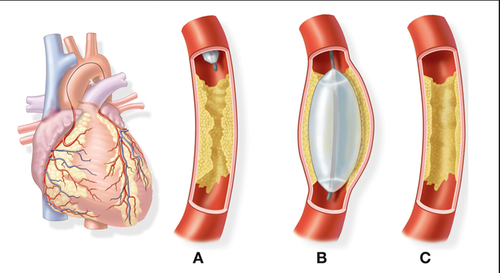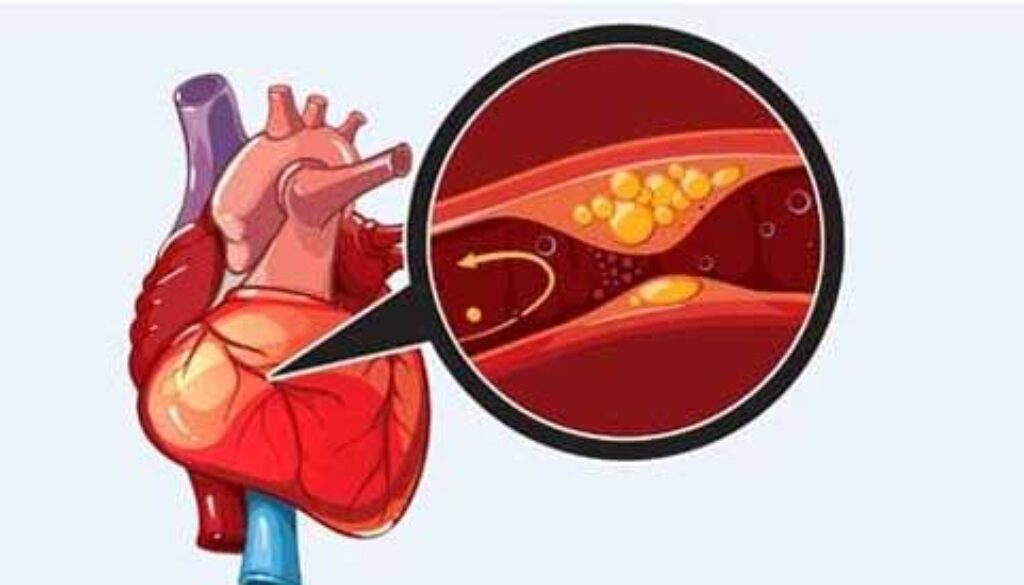ANGIOGRAPHY
Home < ANGIOGRAPHY
Best Angiography doctor in Hadapsar - Dr.Jagjeet Deshmukh
Angiography is an imaging procedure that uses X-rays to examine blood vessels in your body. The angiography-provided X-rays are called angiograms. This test is used to study many parts of the body, including your brain, heart, abdomen, and legs, for narrow, blocked, swollen, or malformed arteries or veins.
A procedure to find out whether you have a blockage in a coronary artery is coronary angiography. If you have unstable angina, atypical chest pain, aortic stenosis, or unexplained heart failure, the doctor will be concerned that you are at risk of a heart attack.
A contrast dye will be pumped into your arteries through a catheter (thin, plastic tube) during coronary angiography, while your doctor monitors blood flow through your heart on an X-ray screen.


Risks associated with getting a coronary angiography
When performed by an experienced team, cardiac catheterization is very safe, but there are risks.
Risks might include:
Bleeding or bruising
Clots of blood
Artery or vein damage
A small chance of stroke
A very small risk or a need for bypass surgery for a heart attack
Blood Pressure Low
